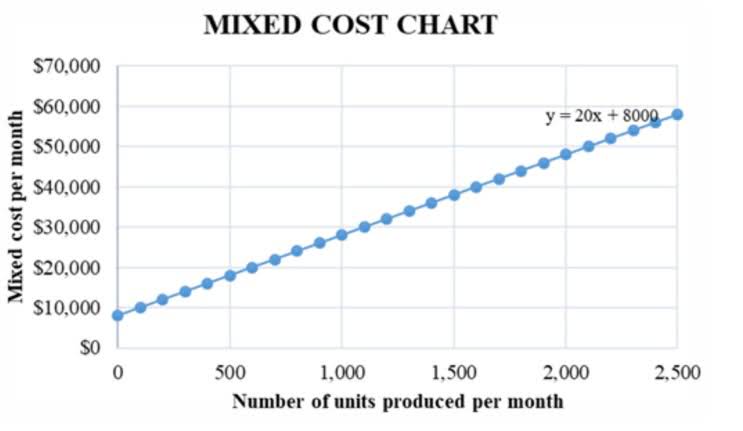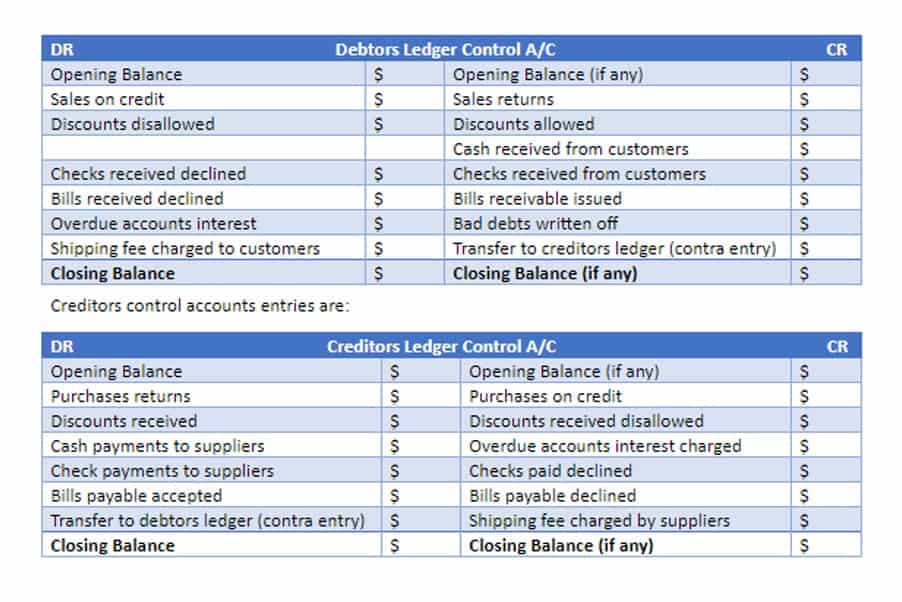
Each line item—cost of goods sold (COGS) and operating expenses—is a percentage of total revenue. This method provides a clear view of profit margins and expense ratios, allowing for straightforward comparison across periods what is a vertical analysis or with industry benchmarks. Vertical analysis is a useful financial statement analysis technique that shows each line item on the income statement or balance sheet as a percentage of a base figure.
Common Size Financial Statements
Once you have calculated percentages for each line item, it is time to analyze the results. Vertical analysis allows for easier comparison by reducing all items in a financial statement to a proportional representation. This formula is applied consistently to all line items, providing a standardized view of each item’s significance relative to the base figure. Vertical analysis is less effective for companies in different stages of growth.
- This enables the user to quickly judge the relative size and importance of each line item.
- Additionally, this fundamental analysis method helps businesses identify trends and patterns in their financial statements.
- Vertical analysis’ origins are traced back to the late 1800s, when financial analysts began looking at trends in financial ratios over time.
- By comparing the percentages between different categories, you can identify areas of strength or weakness and make informed decisions about your financial strategy.
- It is done so that accountants can ascertain the relative proportions of the balances of each account.
Overcoming Common Challenges In Vertical Analysis
- Managers add an extra column to show each line item as a percentage of the top-line item.
- This type of analysis helps identify trends and anomalies, making it easier to compare financial statements over different periods or between companies regardless of size.
- This method provides a clear view of profit margins and expense ratios, allowing for straightforward comparison across periods or with industry benchmarks.
- This approach provides insights into patterns over time, highlighting increases, decreases, or trends.
- This facilitates the comparison of financial accounts between organizations of all sizes and over different periods.
- Common size analysis is also an excellent tool to compare companies of different sizes but in the same industry.
This means that Apple’s capital expenditures were 9.1% of its total net cash from operating activities for the year. Different industries have unique financial structures, and many businesses experience seasonal fluctuations. When performing vertical analysis, consider these factors to avoid retained earnings misinterpreting normal industry patterns or seasonal variations as significant trends. Compare your vertical analysis results with industry averages or competitors’ data. This benchmarking provides context for your financial performance and can highlight areas where you’re out performing or underperforming relative to your industry. Consider your business cycle and seasonality when selecting periods to analyze.
- By using vertical analysis on the income statement, businesses can identify trends and patterns in their financial activities.
- Vertical analysis makes comparing financial statements across different companies and industries easy.
- For example, through vertical analysis, we can assess the changes in the working capital or fixed assets (items in balance sheet) over time.
- This helps you understand the composition of a company’s assets and how they are financed.
Applying Vertical Analysis to the Income Statement

For example, some companies may sacrifice margins to gain a large market share, which increases revenues at the expense of profit margin. Such a strategy may allow the company to grow faster than comparable companies. Let me shrink my screen in just a little bit – I’m in cell B20, this is going to simply equal V6 divided by B6 and once again I’m gonna press the F4 function key. Use the insights gained from the vertical analysis in your decision-making processes. No, it should be used alongside other methods like horizontal analysis for a comprehensive view.
Setting Up Your Excel Worksheet

Compare vertical analyses from different time periods to identify trends and changes in your financial structure. Look for consistent increases or decreases in specific expense categories or profit margins. This comparison can reveal long-term shifts in your business model or cost structure. A method used in accounting termed vertical analysis enables a proportional evaluation to be made of documents like financial statements of a corporation. There are limitations and drawbacks to using vertical analysis for Debt to Asset Ratio analyzing the cash flow statement.

Example 1: Vertical Analysis of an Income Statement (Apple Inc.

This means it is atypical to compare line items on the income statement as a percentage of gross income. Mastering vertical analysis is a valuable skill for anyone pursuing a career in finance. It’s commonly used in various roles, such as financial analysts, accountants, auditors, and finance managers. Understanding techniques can improve your ability to analyze financial statements, make informed decisions, and communicate financial health to stakeholders. Though less common, vertical analysis can also be applied to a cash flow statement. Here, each line item is shown as a percentage of total cash inflows or outflows.

What is the Vertical Analysis Formula?
Whether you’re a student or a professional, Sourcetable offers a seamless and accurate calculation process. This visualization helps illustrate the proportional relationship of each item to the whole, enhancing insights into financial performance and operational efficiency. To perform a proportional analysis, each cash flow item is divided by the total cash inflows or outflows, then multiplied by 100 to get a percentage. The key advantage of vertical analysis is improving comparability between companies. For a $10 million revenue company $1 million of R&D costs is clearly more significant than for a $1 billion revenue company. But expressing R&D as 10% of revenue for both companies immediately shows they devote the same portion of sales to R&D on a relative basis.